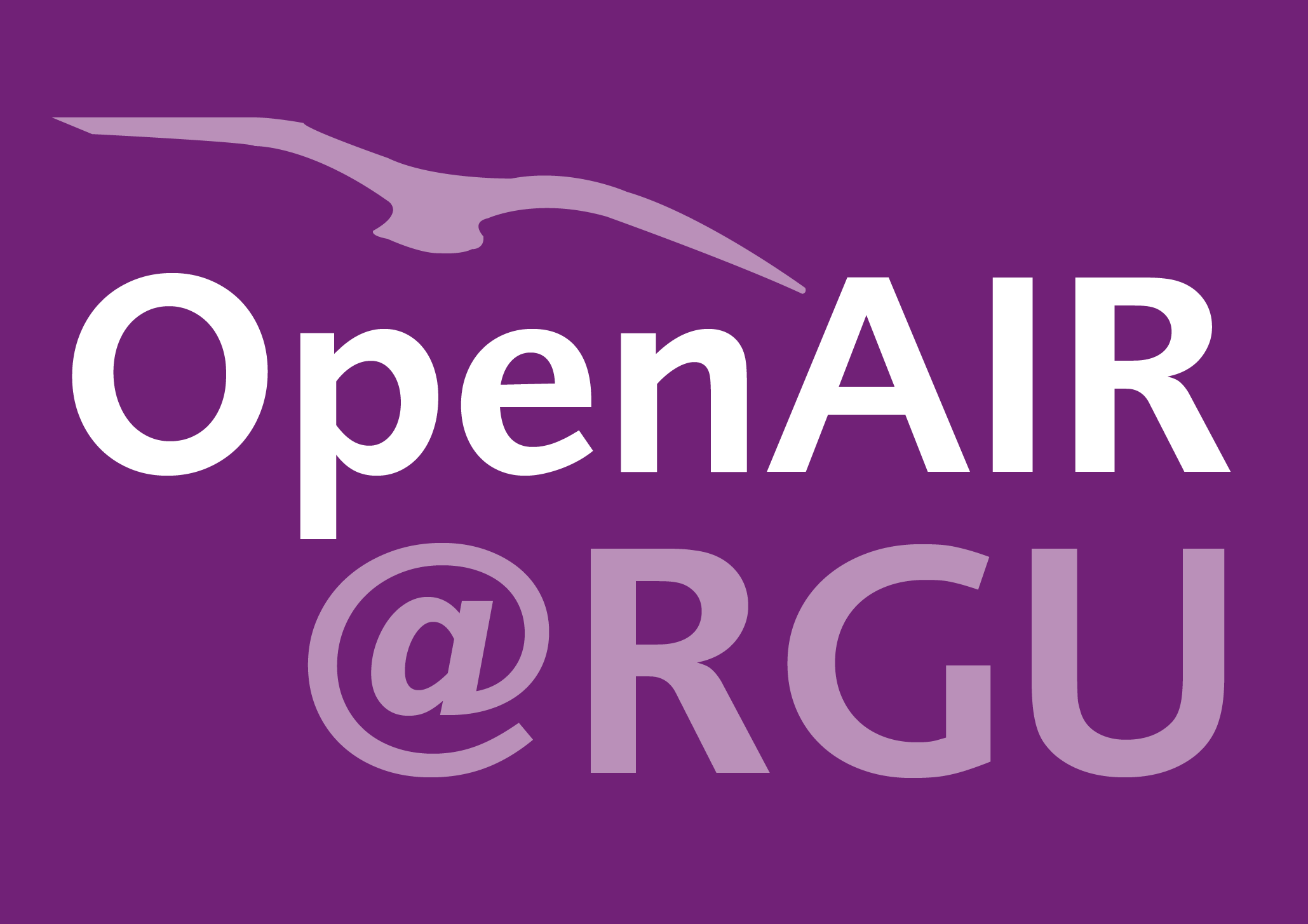Abarasi Hart
Waste bone char-derived adsorbents: characteristics, adsorption mechanism and model approach.
Hart, Abarasi; Porbeni, Duduna William; Omonmhenle, Selina; Peretomode, Ebikapaye
Authors
Duduna William Porbeni
Selina Omonmhenle
Engr. EBIKAPAYE PERETOMODE e.peretomode@rgu.ac.uk
Completed Research Student
Abstract
The increase in meat consumption will result in a significant amount of bone being generated as solid waste and causing pollution to the environment. By pyrolysis or gasification, waste bones can be converted into bone char (BC), which can be used as an adsorbent for removing pollutants from wastewater and effluent gas. The purpose of this study is to critically appraise results from pertinent research and to collect and analyse data from studies on BC adsorbent applications from experimental, semi-empirical, theoretical and contextual viewpoints. Detailed descriptions of the theoretical adsorption mechanism, as well as possible interactions between pollutants and BC surface, were provided for the removal of pollutants. The study provides insights into the effect of synthesis conditions on BC's physicochemical properties and strategies for improving its adsorption capacity as well as future outlooks to guide research and support the development of green and cost-effective adsorbent alternatives to tackle water pollution. Additionally, this review discusses the application of BC to remove contaminants from water and soil, outlines strategies for regenerating pollutant-saturated BC, interprets the adsorption kinetics and isotherm models used in BC sorption studies, and highlights large-scale applications using packed-bed columns. Consequently, we proposed that when selecting the optimum isotherm model, experimental data should be used to substantiate the theory behind the predicted isotherm. Therefore, error functions combined with non-linear regression are the most effective method for obtaining and selecting optimal parameter values for adsorption kinetics and isotherm models.
Citation
HART, A., PORBENI, D.W., OMONMHENLE, S. and PERETOMODE, E. 2023. Waste bone char-derived adsorbents: characteristics, adsorption mechanism and model approach. Environmental technology reviews [online], 12(1), pages 175-204. Available from: https://doi.org/10.1080/21622515.2023.2197128
| Journal Article Type | Article |
|---|---|
| Acceptance Date | Mar 19, 2023 |
| Online Publication Date | Apr 13, 2023 |
| Publication Date | Dec 31, 2023 |
| Deposit Date | May 4, 2023 |
| Publicly Available Date | May 4, 2023 |
| Journal | Environmental technology reviews |
| Print ISSN | 2162-2515 |
| Electronic ISSN | 2162-2523 |
| Publisher | Taylor and Francis |
| Peer Reviewed | Peer Reviewed |
| Volume | 12 |
| Issue | 1 |
| Pages | 175-204 |
| DOI | https://doi.org/10.1080/21622515.2023.2197128 |
| Keywords | Bone char; Adsorption; Kinetics and isotherm models; Regeneration; Adsorption capacity enhancement |
| Public URL | https://rgu-repository.worktribe.com/output/1952694 |
Files
HART 2023 Waste bone char (VOR)
(4 Mb)
PDF
Publisher Licence URL
https://creativecommons.org/licenses/by/4.0/
Copyright Statement
© 2023 The Author(s). Published by Informa UK Limited, trading as Taylor & Francis Group.
You might also like
Sand production due to chemical-rock interaction: a review.
(2022)
Journal Article
Value-added materials recovered from waste bone biomass: technologies and applications.
(2022)
Journal Article
Downloadable Citations
About OpenAIR@RGU
Administrator e-mail: publications@rgu.ac.uk
This application uses the following open-source libraries:
SheetJS Community Edition
Apache License Version 2.0 (http://www.apache.org/licenses/)
PDF.js
Apache License Version 2.0 (http://www.apache.org/licenses/)
Font Awesome
SIL OFL 1.1 (http://scripts.sil.org/OFL)
MIT License (http://opensource.org/licenses/mit-license.html)
CC BY 3.0 ( http://creativecommons.org/licenses/by/3.0/)
Powered by Worktribe © 2025
Advanced Search
